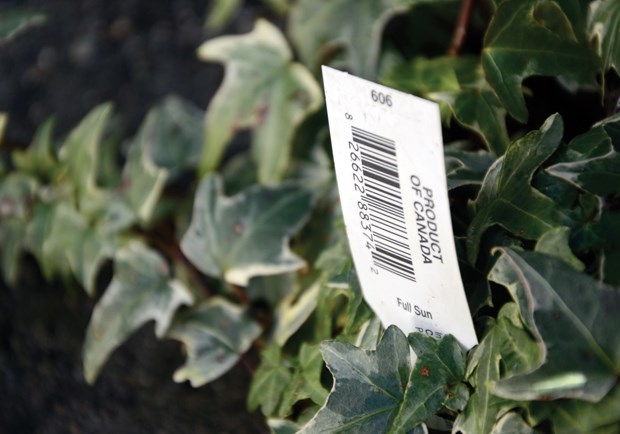For many, our modern lives are so busy that, between working during the day, shuttling the kids to various activities and taking care of aging parents, there is little time for growing a garden.
Our responsibilities are forcing many people to grow a garden only if it's convenient and low-maintenance. The convergence of a lack of time, the desire to grow low-maintenance gardens and an increased desire to grow gardens that are environmentally friendly is leading to significant changes in the landscape industry.
There are of course other factors driving this change, like a sluggish world economy, environmental destruction worldwide, a high cost of living in the Metro region, and increasing taxes and fees for almost everything, including driving a car across a bridge. Those factors combined with the increasing occurrence of droughts and a high level of concern over out-ofcontrol use of pesticides in our food system has caused people to take matters into their own hands.
Over the past several years I have noticed that people are asking more often to eliminate their lawns to replace them with attractive, low-maintenance plantings. As well, people are frequently requesting drip irrigation on timers, drought-tolerant plants, smaller plants that do not require pruning and options to go pesticide-free in the garden.
Many of my colleagues in the industry are reporting similar trends in their daily business.
To help those of you who are looking to make changes in the garden to suit your lifestyle needs, here are some ideas to help your garden become low-maintenance and environmentally friendly.
What if I don't have time for weeding?
The only way to avoid almost all weeding is to install mulch on the planting beds. Use our own homegrown bark mulch from hemlock and fir trees and apply it five-eight centimetres (two-three inches) thick over the entire planting bed right up to the base of all plants. Do not bury plant crowns during installation. Do not pay for useless landscape fabric. Try to adjust any perception you may have that bark mulch is ugly or only for shopping centres - it is not.
If you do not like bark mulch, use any other organic material like composted bark mulch (black in colour), wood chips or shredded leaves to cover the beds and suppress weed growth.
Do I really need that much lawn?
Ask yourself how much lawn you really need and what you actually use the lawn for. Do you eat it? Play or picnic on it? Do the kids use it? Does the dog or cat use it? Or, are you simply paying to keep up with the Joneses? Lawn maintenance on a yearly basis costs twice as much as planting bed maintenance. Lawns require billions of litres of water annually across Canada to maintain. Lawns also use large quantities of chemical fertilizers and pesticides to maintain. Shrub beds use a fraction of the consumption that lawns do.
Water restrictions in our region were only brought into practice to limit the amount of water being used to keep lawns green during summer drought, at a time of the year when lawn grasses naturally go dormant - brown is the new green.
Alternatives to lawns include veggie gardens, planting beds, groundcover plantings, walkways, patios, playgrounds for kids, rock gardens and so many other beautiful features that improve your outdoor living space while protecting your wallet and the planet.
If I can't spray pesticides to control bugs what do I do? Firstly, determine accurately that pesticides are actually needed. Approximately 50 per cent of all pesticides are applied to be preventative. You wouldn't take antibiotics all the time to avoid getting sick, so why apply pesticides if there is no problem?
Secondly, improve soil and plant health so plants are better able to defend against pests and diseases preventing infestation in the first place. Mulching, amending the soil at planting time and avoiding chemical fertilizers are the first steps to take to improve plant and soil health.
Thirdly, learn how to kill under-performing plants. Notwithstanding heritage or nostalgically important plants, the nursery industry in Canada is producing so many great plants that finding a replacement for any problematic plant is as simple as a visit to the local garden centre. The first thing I teach students is how to cull and kill unworthy plants. They don't like it but it is absolutely required.
There are many other ways to grow towards a low-maintenance garden including proper plant selection, pruning only for a reason and so on.
Ultimately, each person finds a way to grow their garden within their own philosophical and time limits.
It's not easy but I assure you it is absolutely possible and worthwhile, if not for ourselves then for our children.
Todd Major is a journeyman horticulturist, garden designer and builder, teacher and organic advocate. [email protected]



